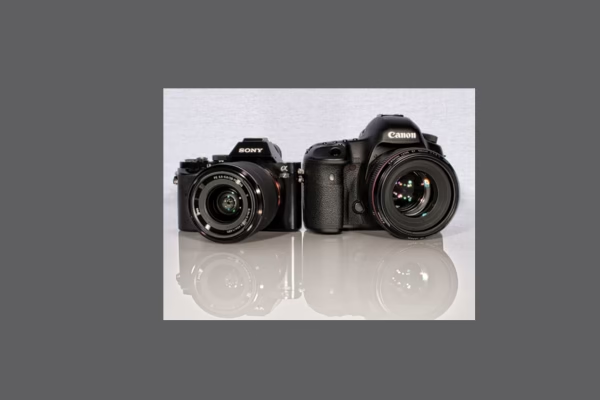In 2025, photography is no longer limited to flat, rectangular frames. With the rise of 360-degree cameras and virtual reality (VR) technologies, visual storytelling has entered a new dimension — one where viewers don’t just look at photos, they step into them.
From real estate listings in New York to travel exhibitions in Paris, immersive photography is revolutionizing how we see, experience, and interact with images. Whether you’re a commercial photographer or a tech-savvy creative, this space is filled with exciting possibilities.
What Is Immersive Photography?
Immersive photography combines 360-degree capture with virtual reality platforms to create environments that the viewer can explore interactively. Instead of viewing a fixed image, the audience can rotate their view in all directions, often experiencing the scene as if they were physically present.
This is achieved using:
- 360-degree cameras (like the Insta360 X4, GoPro Max, or Ricoh Theta Z1)
- VR headsets (such as Meta Quest 3, Apple Vision Pro, or HTC Vive)
- Stitching software to merge wide-angle captures into seamless spherical images
- Platforms like Matterport, Kuula, or 3DVista for hosting and sharing
Key Techniques Behind 360 and VR Photography
Creating immersive visuals requires more than just pressing a shutter button. It involves planning, precision, and specialized tools. Here are some essential techniques:
1. Camera Positioning
Place the 360 camera at a height that mimics the viewer’s eye level — typically around 5 to 6 feet. Avoid obstructing views with tripods or equipment visible in the shot.
2. Lighting
Balanced lighting is crucial, as overexposed or underlit areas break immersion. Natural light works well, especially in travel and outdoor VR scenes.
3. Stitching Accuracy
Software like Adobe Premiere Pro, PTGui, or Insta360 Studio helps seamlessly stitch overlapping images. Poor stitching leads to distortions that ruin the immersive experience.
4. Spatial Audio
Adding ambient sound or directional audio can greatly enhance realism. This is especially useful in event coverage and VR storytelling.
Applications Across Industries
1. Real Estate
In competitive housing markets across Europe and the U.S., 360 virtual tours are now expected — not optional. Platforms like Zillow, Redfin, and Matterport enable potential buyers to “walk through” homes from their phones or VR headsets.
This saves time for agents and allows remote buyers to make more informed decisions.
2. Travel & Tourism
Tourism boards in places like Iceland, Italy, and Colorado are using immersive photography to offer virtual previews of destinations. From exploring hiking trails to stepping inside historic castles, VR experiences inspire future travelers.
Some hotels and resorts have integrated 360 room previews and VR booking tools into their websites to boost reservations.
3. Event Documentation
Weddings, concerts, and corporate events are now being captured in 360-degree formats. Clients can relive their events in full — not just as spectators, but as participants.
VR event footage also enables remote guests to attend virtua lly, providing new levels of inclusion and accessibility.
lly, providing new levels of inclusion and accessibility.
4. Education and Museums
Cultural institutions like the Louvre and the Smithsonian have launched VR experiences that allow global audiences to view their exhibitions from home. Photographers working with museums can now create fully immersive digital archives and guided tours.
The Global Adoption Curve
In Europe, immersive photography is booming in cities like Berlin, Amsterdam, and Barcelona, especially among artists and cultural institutions. In the USA, Silicon Valley startups and real estate agencies are leading commercial adoption.
Government tourism boards and academic institutions in both regions are increasingly investing in VR photography as a low-impact, high-engagement solution to reach wider audiences.
Conclusion: A New Frontier for Photographers
360-degree and VR photography is more than a trend — it’s a transformation. It’s changing how we document, experience, and share the world around us. As tools become more accessible and platforms grow more powerful, immersive photography is set to redefine visual storytelling.
For photographers ready to experiment, the message is clear: don’t just capture moments — invite people into them.

